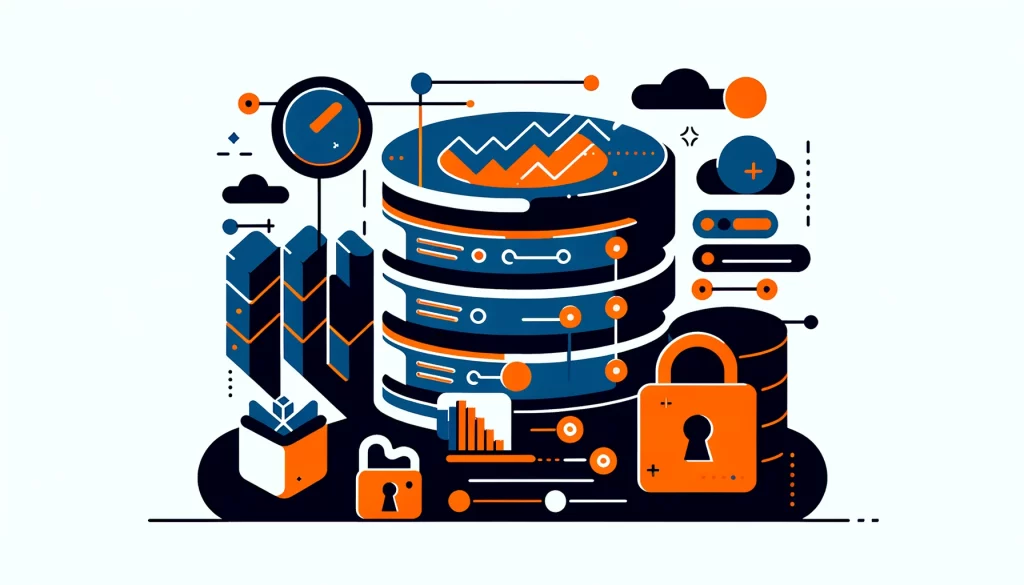
SQL Server Row Level Security

Introduction
In today’s data-driven world, ensuring the security and privacy of sensitive information is of utmost importance. Companies should secure their SQL Server databases with strong security measures to avoid unauthorized access to their data. One powerful tool in the SQL Server security arsenal is Row Level Security (RLS). This guide will cover the basics of SQL Server Row Level Security. We will discuss how it works, its advantages, and provide practical examples to help you protect your data.
What is SQL Server Row Level Security?
Microsoft introduced SQL Server Row Level Security in SQL Server 2016. Database administrators and developers can restrict access to certain rows in a table based on user-defined conditions. RLS allows you to control which rows users or roles can see, giving a detailed level of security for data. Users can view a table, but only see rows based on their permissions.
Data Sources and RLS
SQL Server Row Level Security seamlessly works with various data sources, including:
- Relational databases: RLS can limit access to certain rows in a SQL Server database. This means that users can only view data that they have permission to see.
- Data warehouses: RLS in data warehousing helps protect sensitive information by limiting access based on user roles and permissions.
- Reporting systems: RLS shows only the data that users are allowed to see, protecting sensitive information.
Security Aspects of RLS
SQL Server Row Level Security aims to improve data security by controlling access at the row level. Here are some key security aspects of RLS:
- User-defined predicates: RLS lets you set security rules in T-SQL to control which rows a user can see and access. These predicates rely on user identity, role membership, or any other relevant criteria.
- Transparent to applications: RLS allows client applications to see through it, applying security logic at the database level. This eliminates the need for application-level security checks and reduces the risk of security vulnerabilities.
- Dynamic and flexible: RLS predicates can dynamically update without modifying the underlying table structure or application code. This flexibility allows for easy maintenance and adaptation to changing security requirements.
Example of SQL Row Level Security Implementation
To show how SQL Server RLS works, imagine a table named “Employees” with private employee data. We want to ensure that each employee can only view their own records. Here’s an example of how to implement RLS:
sql
-- Create a security predicate function CREATE FUNCTION dbo.fn_EmployeeSecurityPredicate(@EmployeeID int) RETURNS TABLE WITH SCHEMABINDING AS RETURN SELECT 1 AS fn_securitypredicate_result WHERE @EmployeeID = USER_NAME(); -- Create a security policy CREATE SECURITY POLICY EmployeePolicy ADD FILTER PREDICATE dbo.fn_EmployeeSecurityPredicate(EmployeeID) ON dbo.Employees WITH (STATE = ON);
In this example, we make a security function called fn_EmployeeSecurityPredicate. It verifies whether the EmployeeID corresponds to the name of the present user.
We then create a security policy named EmployeePolicy that applies the predicate function to the Employees table. With this setup, each employee will only be able to access their own records when querying the table.
Employees can only view rows in the Employees table that have their EmployeeID matching their username. This ensures that authorized individuals can access and protect sensitive employee information.
Leveraging DataSunrise for Enhanced Security
SQL Server Row Level Security is a good way to protect data. Organizations can improve their security further by using advanced tools from DataSunrise. These tools offer additional layers of protection. They can help prevent unauthorized access and data breaches.
DataSunrise offers a comprehensive suite of data management solutions, including advanced security features, audit rules, data masking, and compliance monitoring.
You can combine DataSunrise’s strong security features with SQL Server RLS. This combination offers organizations top-notch data protection and full control over their sensitive information. Organizations can benefit from enhanced security measures and better management of their data.
Conclusion
SQL Server Row Level Security is a vital tool for safeguarding sensitive data within SQL Server databases. Organizations can use RLS to control which rows users can see. This helps prevent unauthorized access and data breaches. Through the use of security predicates and policies, RLS provides a flexible and dynamic approach to data security.
To improve your data security, check out the advanced solutions provided by DataSunrise. Schedule an online demo of DataSunrise with our team of experts. See how it can improve your data management and provide strong security and compliance for peace of mind.
Contact DataSunrise to learn about our great tools and how they can help your organization’s data security efforts.
